The difference between embedded type and surface mount type of PMSM NdFeB magnet installation
A permanent magnet (PM) motor is an AC motor that uses magnets embedded or attached to the surface of the motor rotor. Electric vehicles use permanent magnet synchronous motors with high torque density and high efficiency. The magnets used are neodymium iron boron magnets. Also known as a super magnet. The name comes from the very concentrated magnetic field per square centimeter, which makes them very attractive for their small size, but their high magnetic field density is good for strength and efficiency.
Considering the characteristics of permanent magnet motors and high magnetic field density, the designed motor size is one-third of that of motors with the same performance. Furthermore, the high efficiency keeps the electricity consumption of electric vehicles to a minimum, and last but not least, the magnetic lifetime of the super magnet is estimated to be around 400 years, ensuring its efficiency and reliability over time.
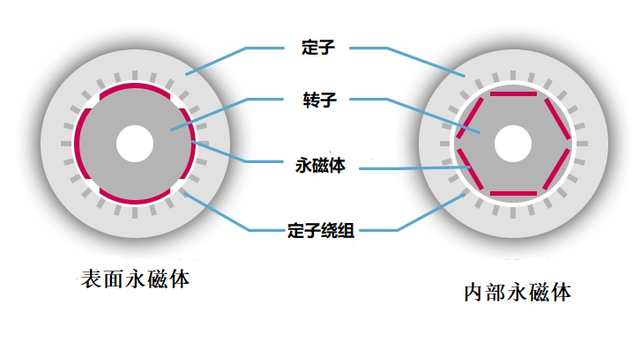
Permanent magnet motors (also known as PMs) can be divided into two main categories: Inline Permanent Magnets (IPM) and Surface Permanent Magnets (SPM), both types are produced by permanent magnets attached to or inside the rotor magnetic flux. A surface permanent magnet is a motor with permanent magnets attached to the circumference of the rotor, and an embedded permanent magnet is a motor with permanent magnets embedded in the rotor called IPM.
The biggest advantage of the in-line design is high-speed performance, which makes it an advantage in traction motors in vehicle applications. The power-speed curve of a surface permanent magnet motor is roughly hyperbolic, rising to a quasi-constant power region over a narrow speed range and then falling.
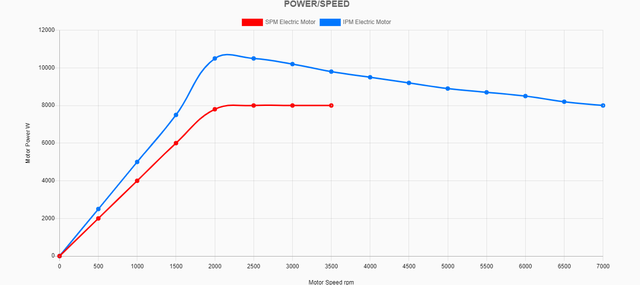
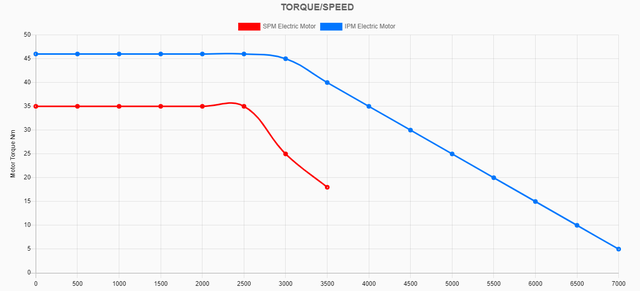
For decades, surface permanent magnet motors have dominated the permanent magnet motor market, however, in recent years, the emerging hybrid and electric vehicle markets have boosted the demand for interior permanent magnet motors. With advantages such as near constant power over a wide speed range and magnet retention design, interior permanent magnet motors provide a good solution for applications such as traction and auxiliary motors.
In vehicle applications, embedded permanent magnet technology has great advantages over surface permanent magnet motors. The embedded permanent magnet design allows more control over the magnetization of the magnetic circuit. In contrast, interior permanent magnet motors offer a wider range of more or less consistent torque. Using a technique called field weakening, designers can apply current to change performance. Field weakening involves adjusting the stator magnetic field to partially counteract the effect of the permanent magnet.
surface permanent magnet
Surface permanent magnet motors have magnets fixed on the outside of the rotor surface, and their mechanical strength is weaker than that of embedded permanent magnet motors. The weakened mechanical strength limits the maximum safe mechanical speed of the motor. Furthermore, the magnetic convexity (Ld≈Lq) of these motors, the inductance values measured at the rotor terminals are consistent regardless of the rotor position. Due to the close magnetic crown ratio, surface permanent magnet motor designs rely heavily on magnetic torque components to generate torque.
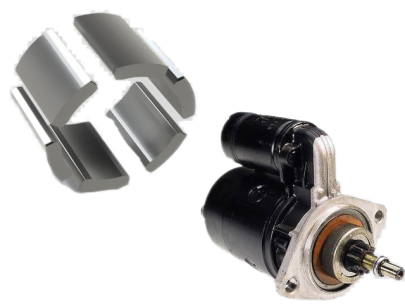
Embedded permanent magnet
Interior permanent magnet motors have permanent magnets embedded in the rotor, unlike surface permanent magnet motors, the location of the permanent magnets makes the interior permanent magnet motor mechanically good and suitable for high speed operation. These motors are also defined by their relatively high magnetic crown ratio (Lq>Ld). Due to its obvious magnetic convexity, the interior permanent magnet motor can generate torque by utilizing the magnetic torque and reluctance torque components of the motor, making it suitable for various electric vehicles.
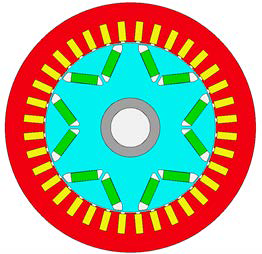
in conclusion
For high-speed applications such as traction motors, interior permanent magnet motors are the best choice, using less magnet material and gaining some torque from the apparent crown ratio of the rotor. In addition to magnetic torque, reluctance torque is also used to achieve high torque, and it can respond to the rotation of a high-speed motor by vector control of two types of torque. This, combined with better control of the magnetization of the magnetic circuit by controlling the current, enables efficient operation over a wide speed range.
Mechanical safety is improved, unlike inline permanent magnets, the magnets cannot be dislodged by centrifugal force, and the fact that the rotor is strong is an added bonus. Compared with traditional motors, the embedded permanent magnet motor can save 30% energy consumption under the same power.



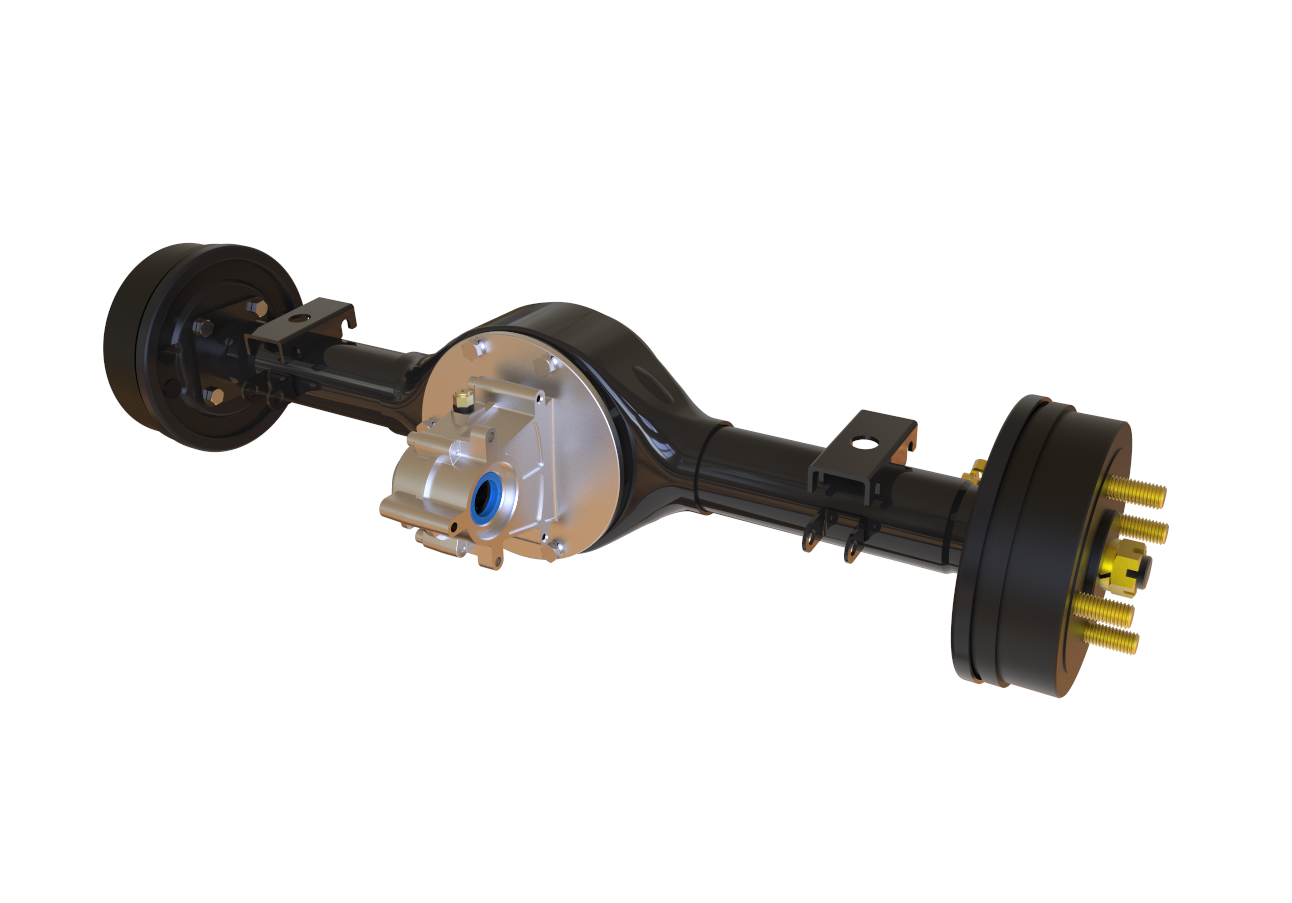
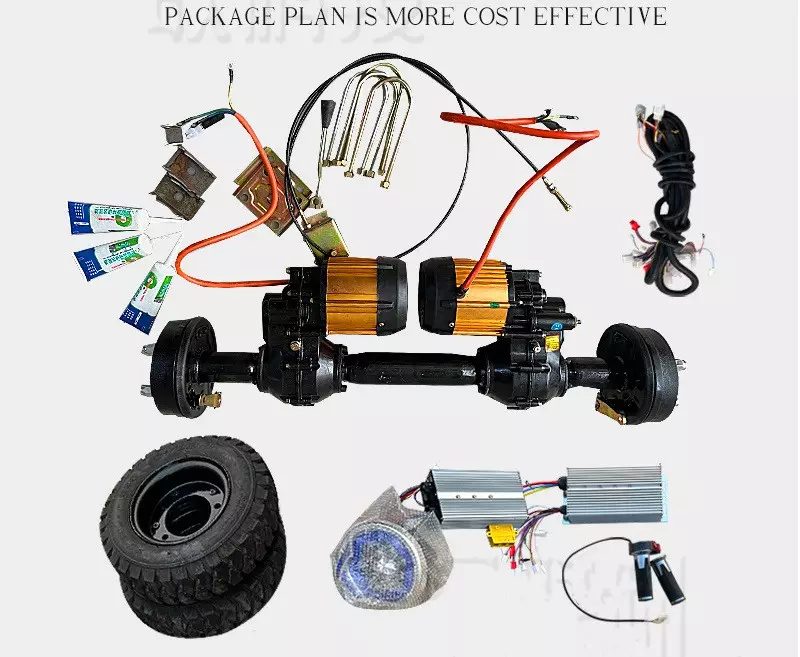

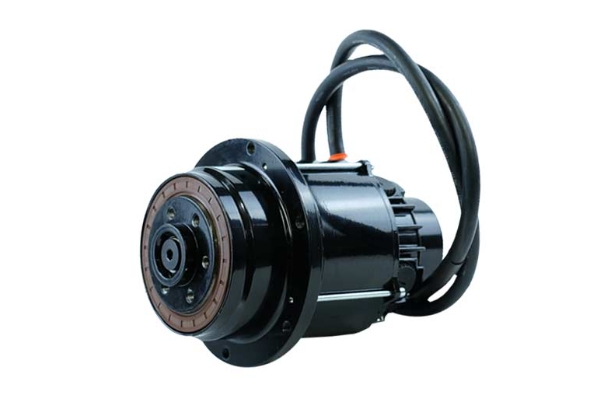
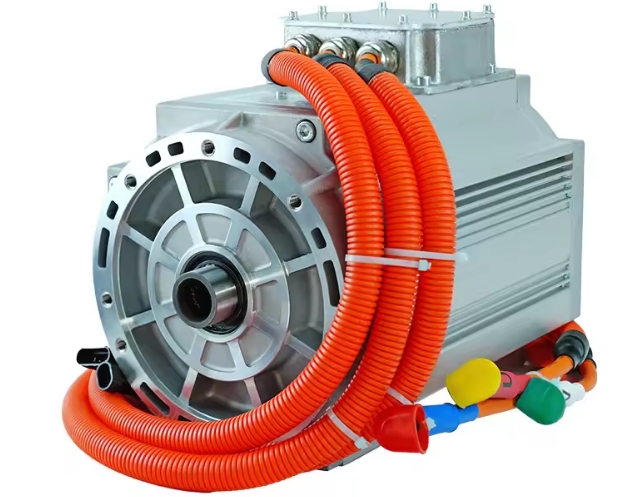
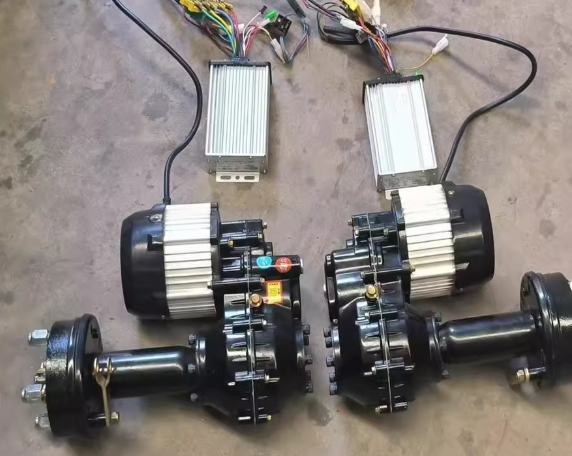
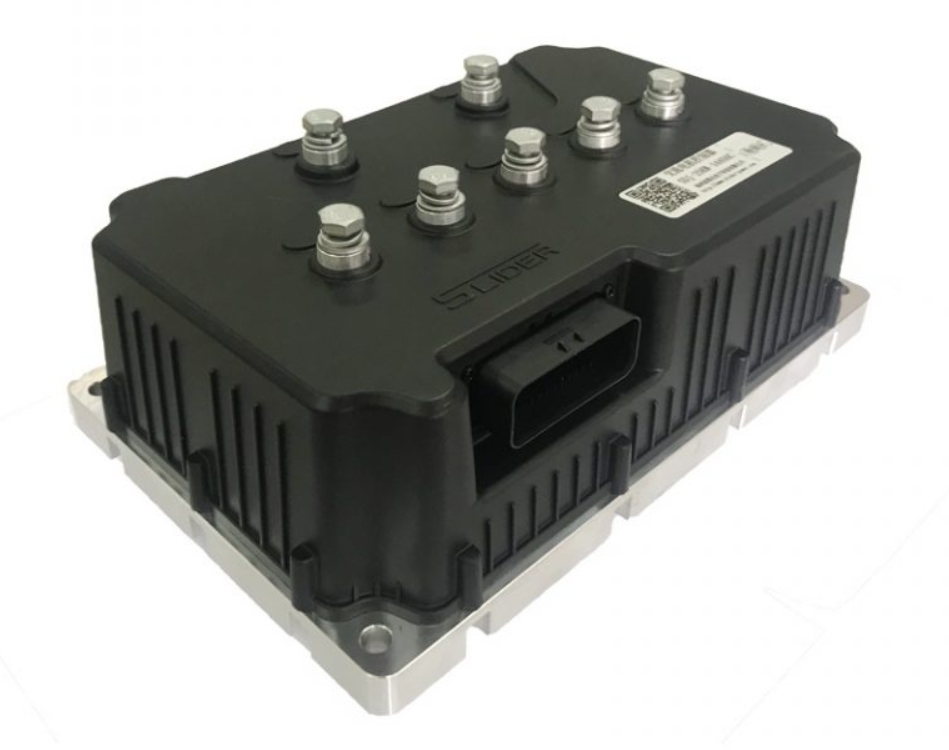

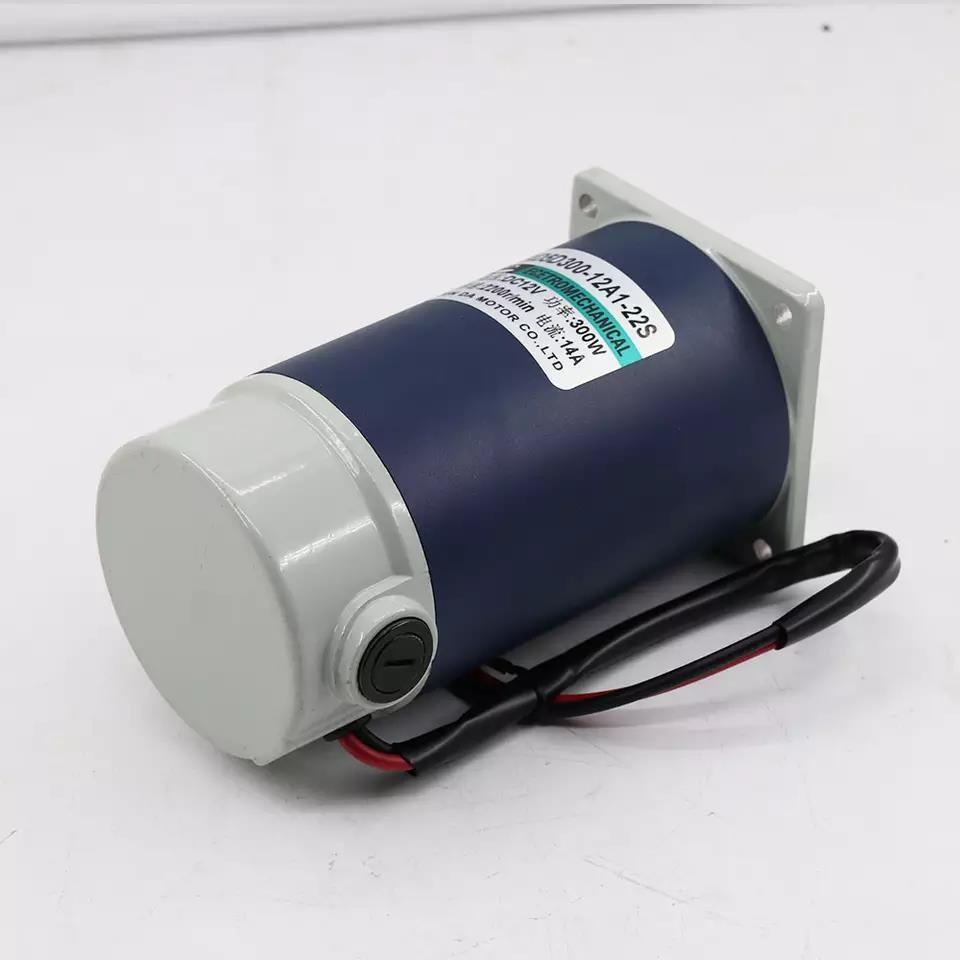
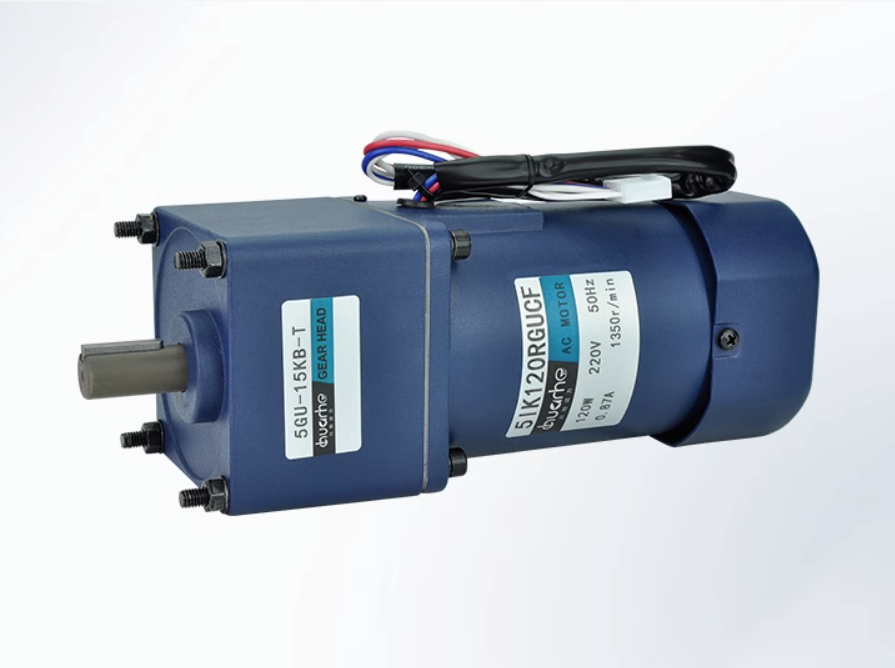
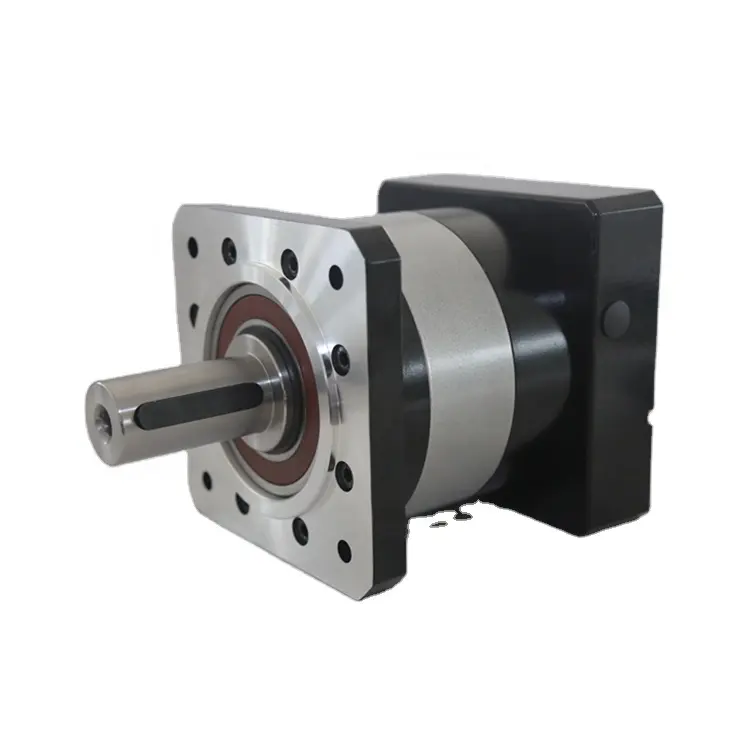
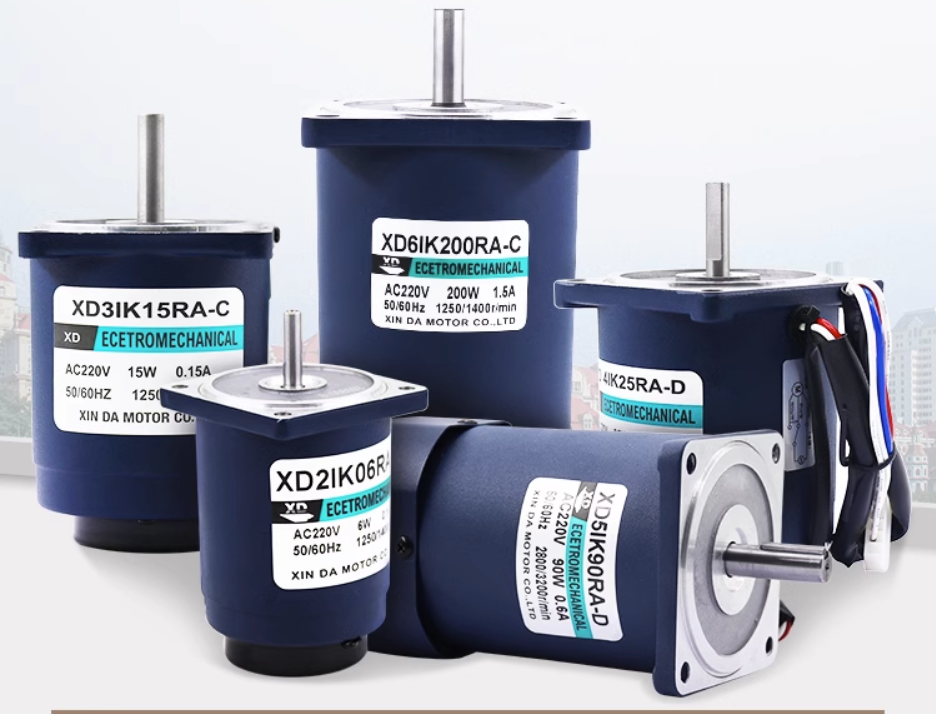



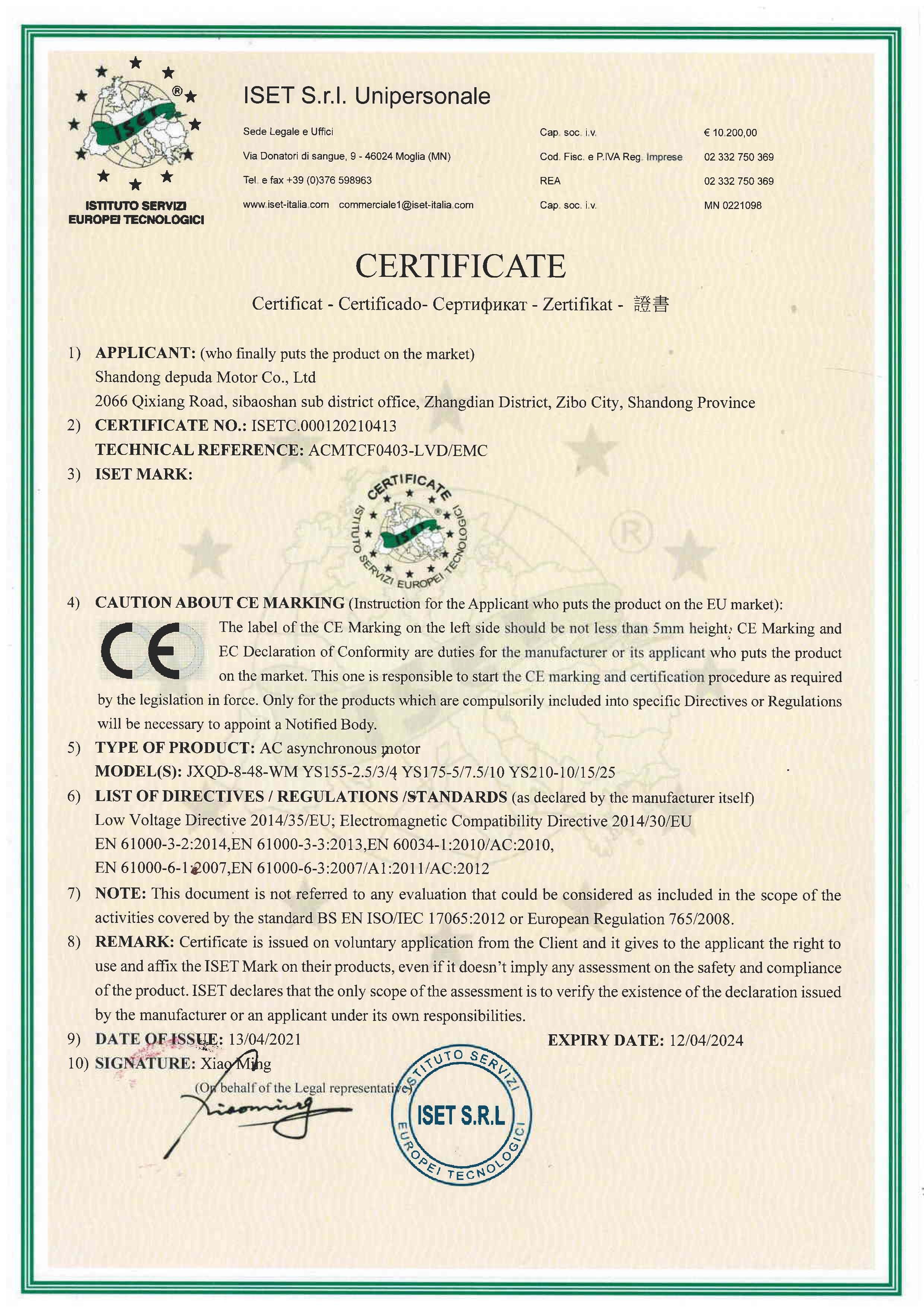
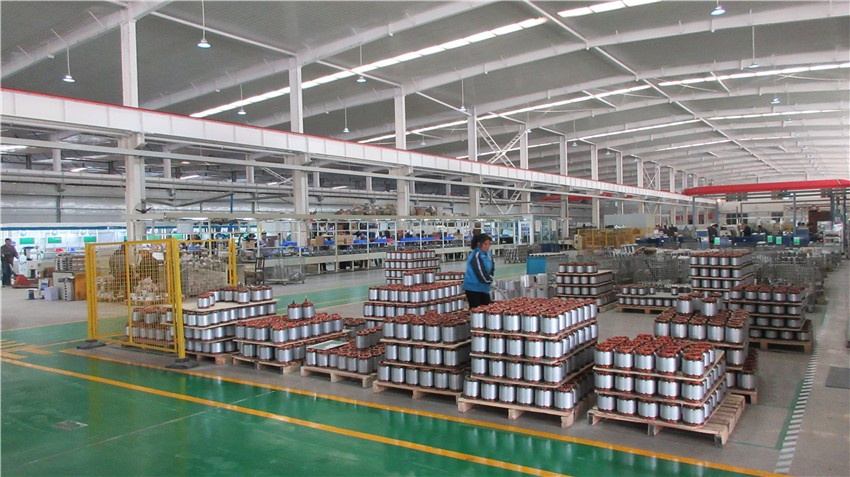
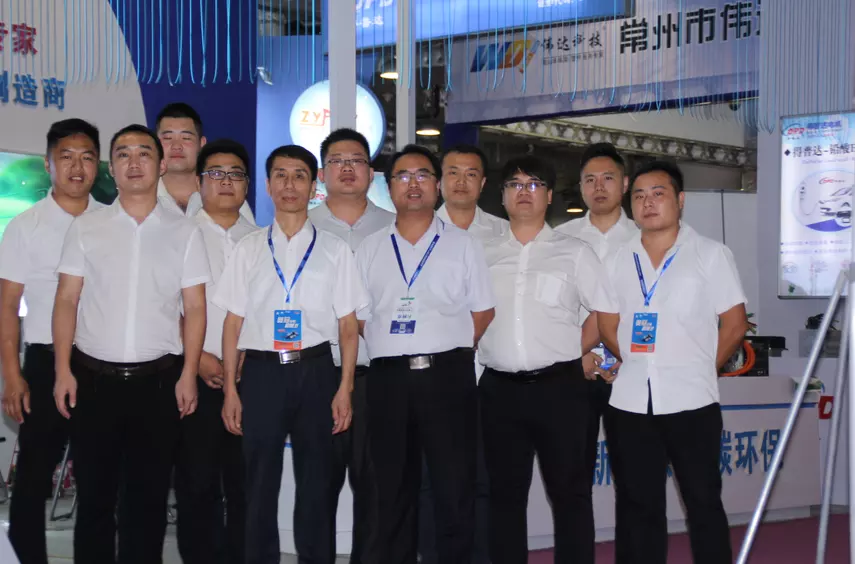


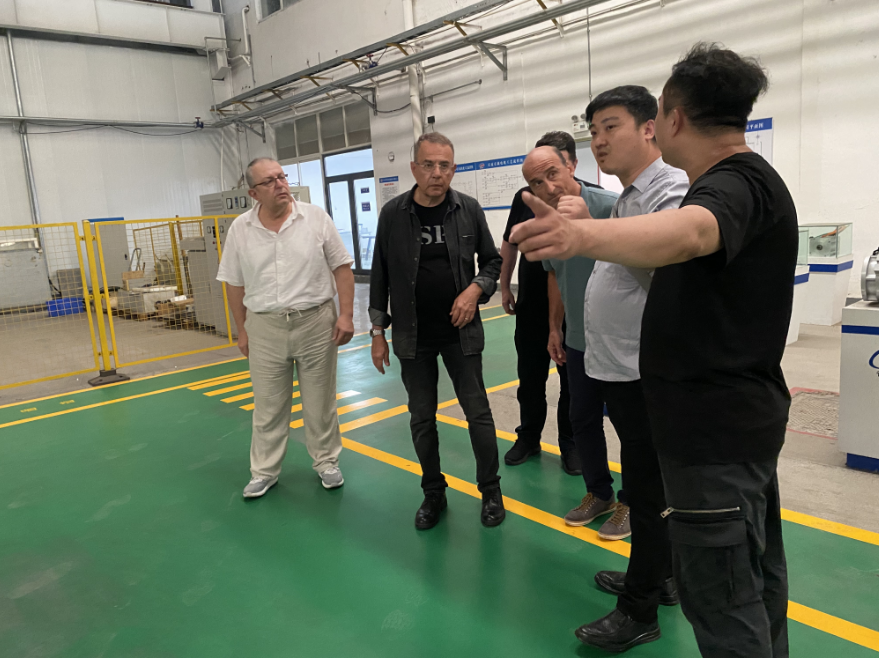
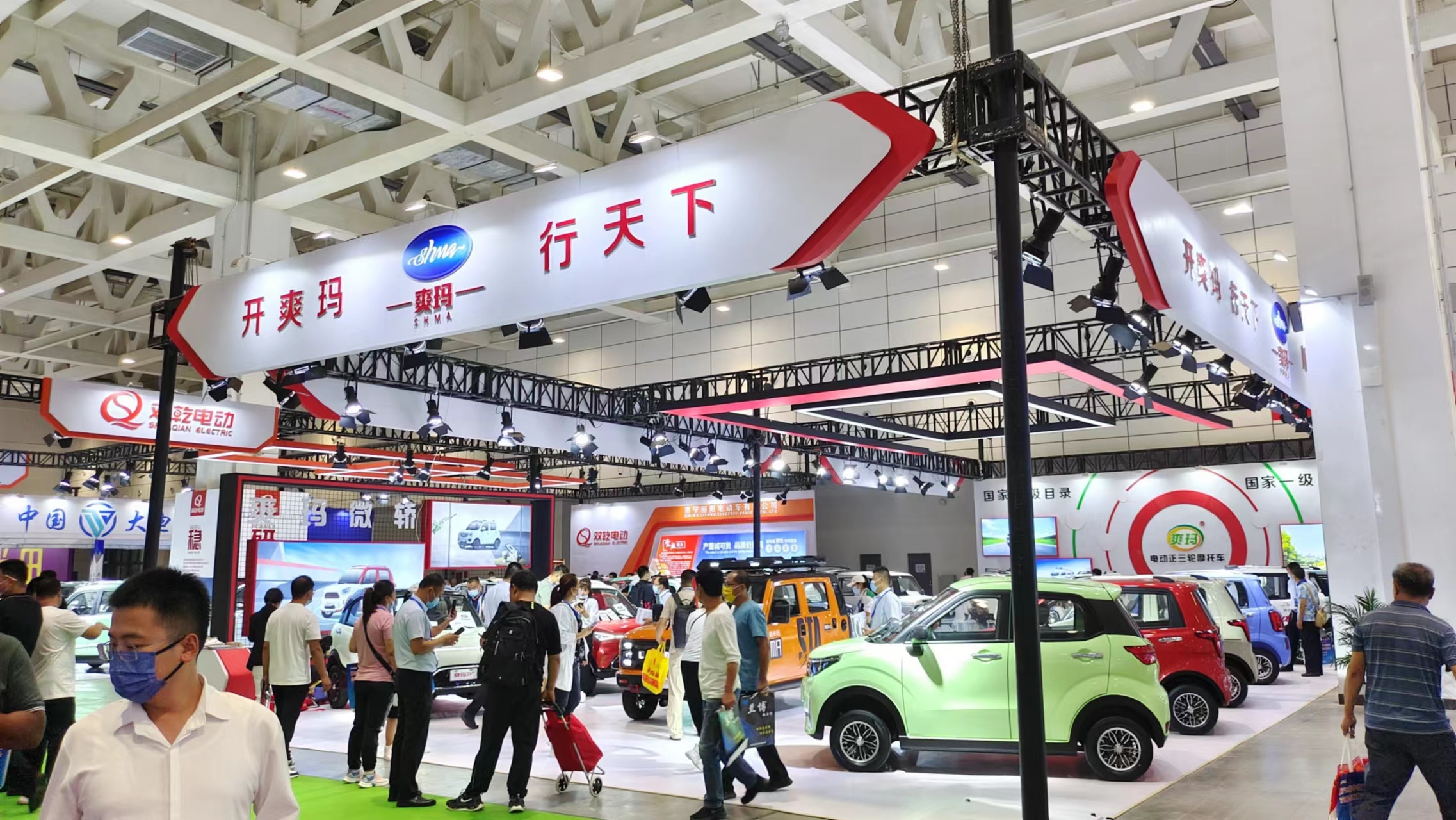


 XINDA
XINDA